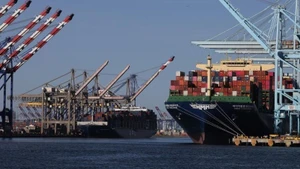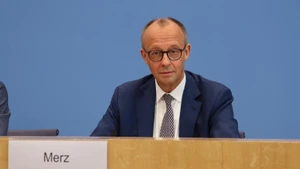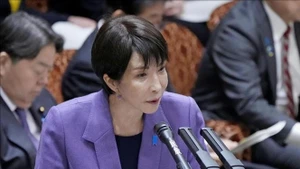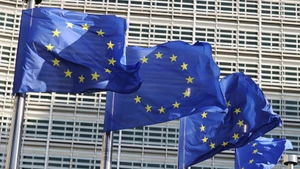The Argentine economy experienced a difficult year in 2023, with a sharp rise in inflation, a devaluation of the local currency, and falling consumption. Furthermore, foreign currency shortages hindered the import of input materials for industrial production, while severe drought caused heavy damage to the agricultural sector.
According to the National Institute of Statistics and Census of Argentina (INDEC), the country’s GDP in 2023 contracted by 1.6% and Latin America’s third largest economy fell into recession once again after two consecutive years of growth. The economic activity index (EMAE) in the fourth quarter of 2023 decreased by 1.9% compared to the previous quarter and dropped by 1.4% compared to the same period in 2022. Eight out of 17 economic sectors showed negative results, especially agriculture (down 20.2%), financial activities (down 3.7%), and industry (down 2.1%).
Forecasts for the Argentine economy in 2024 are also pessimistic. The consumer price index in February 2024 soared by 276% compared to the same period last year. Financial companies that consulted with Argentina’s central bank estimate that the country’s economic growth will continue to decline this year, with a reduction of 3.5%.
Since taking office in December 2023, President Javier Milei has implemented a fiscal adjustment plan to achieve financial balance, including sharp cuts in public spending. Following its establishment, President Milei’s government devalued the peso by 50%, reduced the number of ministries from 18 to 9, laid off many workers in the public sector, cut subsidies for public transportation and medical care, cut central budget allocation to provinces, and suspended opening bids for infrastructure projects using state budget.
Layoffs and high inflation have made life difficult for workers, reduced purchasing power, and led to strikes and protests across Argentina. The real incomes of Argentines dropped amid economic recession and high inflation. According to INDEC, the value of the basic goods basket in February increased by 290.2% from the same period last year, while the value of the basic food basket — a measure of the household poverty rate — also rose by 301.1%. Economic experts are concerned about the impact on people’s lives, especially retirees and people who rely on benefits.
President Milei’s strong reform policy has brought positive initial signals to the economy. Argentine Minister of Economy Luis Caputo announced that the budget surplus before debt repayment in February reached 1.230 trillion pesos (about 1.45 billion USD). Thus, Argentina had its first 2 consecutive months of fiscal surplus since 2011, with a cumulative budget surplus after debt repayment reaching nearly 0.2% of GDP in the first 2 months of this year.
Standard & Poor’s maintained Argentina’s national credit rating at CCC, but raised the outlook from “negative” to “stable”. Standard & Poor’s said that Argentina’s debt repayment ability has improved following the government’s implementation of debt swap measures and a set of more positive macroeconomic indicators recently.
Argentina could have its credit rating downgraded if there are policies or political developments that weaken access to finance. On the contrary, the credit rating can be raised if the Argentine government successfully implements its policies, thereby helping to resolve macroeconomic imbalances, halt the rise in inflation, and lay the foundations for sustainable recovery.
The Argentine government has made initial progress in reducing the financial deficit and significantly increasing foreign currency reserves. The inflation rate remains high, but the consumer price index is tending downwards. However, many challenges remain in the efforts to overcome the “crisis storm”.
















